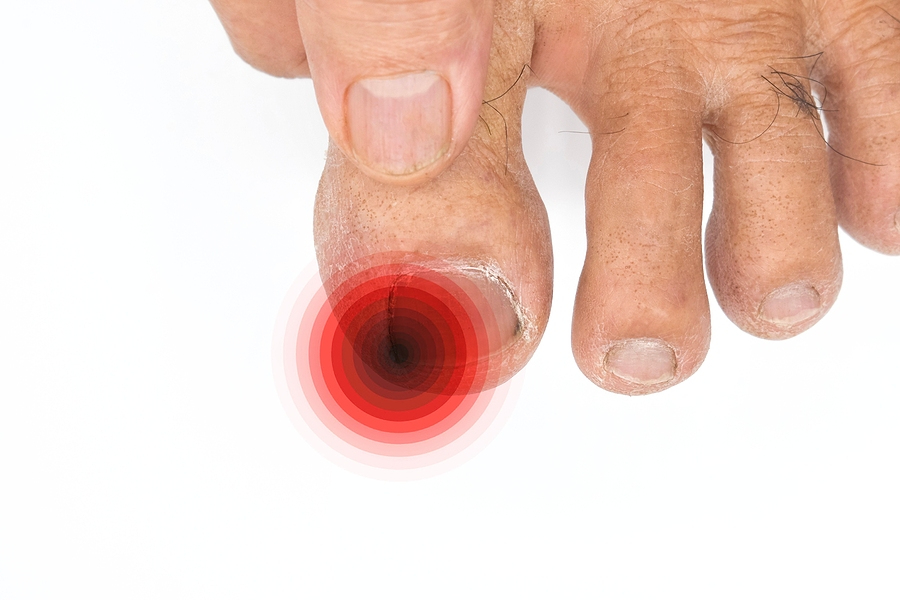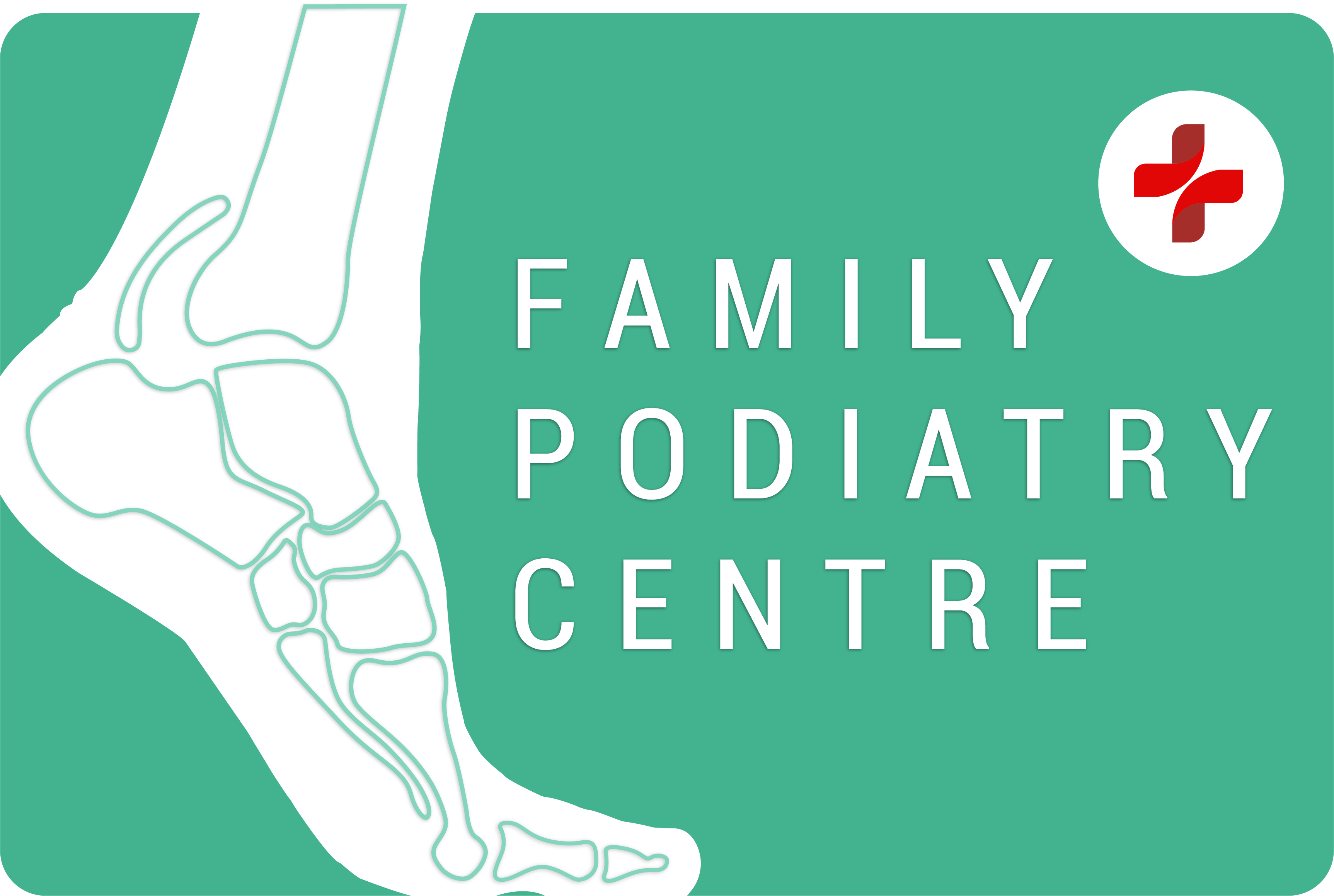Chronic Paronychia: Why Does Your Toe Keep Getting Infected?

Recurring infections around the toenail can be frustrating, painful, and disruptive. If you’ve noticed that the skin near your toenail is frequently red, swollen, or tender, you could be suffering from chronic paronychia—a condition that many mistake for a minor issue but which can signal deeper concerns. Understanding what triggers these infections and how to address them effectively is the first step toward long-term relief.
What is chronic paronychia and how does it develop?
Chronic paronychia is an inflammatory condition affecting the skin fold around the nail, lasting longer than six weeks and often caused by a combination of irritants and infections. Unlike acute paronychia, which is typically the result of a single bacterial invasion, the chronic form tends to develop gradually, often due to repeated exposure to water, detergents, or mechanical trauma. This ongoing exposure damages the cuticle and surrounding skin, allowing pathogens to enter (Relhan & Bansal, 2022).
A key culprit in many chronic cases is Candida albicans, a type of yeast that thrives in moist environments. However, bacterial organisms may also be involved, resulting in mixed infections that complicate treatment (Jenkinson & Douglas, 2002).
Why toenails are commonly affected
Toenails are particularly vulnerable to chronic paronychia because of their constant exposure to enclosed and humid environments. Shoes that are too tight or poorly ventilated create ideal conditions for fungi and bacteria to grow. Repeated friction or trauma from walking, running, or ill-fitting footwear further exacerbates the issue.
In some cases, an ingrown toenail may play a role by pressing into the nail fold, damaging the surrounding tissue and increasing the likelihood of infection. People who seek toe pain treatment in Singapore often find that chronic paronychia is the underlying cause of their discomfort.
Common symptoms to watch for
The signs of chronic paronychia are typically more subtle than those of the acute version but tend to persist over time. Key symptoms include:
- Redness and swelling around the nail fold
- Tenderness when touched or pressure is applied
- Thickened or distorted nails
- Intermittent pus or clear fluid discharge
- Peeling or cracking skin near the nail
Over time, the nail plate may become ridged, discoloured, or separated from the nail bed. These symptoms can affect both the appearance and functionality of the toenail, making walking painful and shoe-wearing difficult.
Risk factors and triggers
Certain lifestyles and underlying health conditions can make someone more susceptible to chronic paronychia. Frequent exposure to moisture—such as from swimming, sweating, or long hours in damp shoes—can soften the skin around the nail, making it easier for infections to set in. Similarly, individuals with diabetes or immune deficiencies are more prone to slower healing and recurrent infections.
Improper grooming habits, such as cutting the cuticles or trimming nails too short, may also increase risk. Even minor cuts or abrasions near the nail fold can act as entry points for pathogens.
Treatment options and preventive strategies
Successfully managing chronic paronychia involves a combination of medical treatment and lifestyle adjustments. A podiatrist may prescribe topical antifungal or antibacterial creams, and in more severe cases, oral medications may be necessary. Where pus is present, minor drainage procedures might be performed.
Behavioural changes are also critical. This includes:
- Keeping the feet dry and clean
- Wearing breathable, well-fitting footwear
- Avoiding aggressive cuticle trimming
- Using protective footwear in communal wet areas (e.g. public pools)
Long-term improvement often depends on patient compliance with preventive measures. If the source of irritation or moisture is not removed, infections tend to recur despite pharmaceutical interventions.
Those looking for help at a foot clinic in Singapore can benefit from a proper diagnosis and targeted treatment plan, especially if chronic paronychia has been misdiagnosed or inadequately treated in the past.
When to see a podiatrist
If the condition does not improve after a few weeks of basic care—or if the symptoms worsen—a podiatrist’s evaluation is recommended. Repeated flare-ups or nail deformities may signal that the infection is deeper than it appears or that the nail matrix has been affected.
Additionally, paronychia that spreads, produces consistent discharge, or becomes increasingly painful may need more advanced interventions, including minor surgery to remove damaged nail tissue or persistent fungal elements.
Podiatrists can also help rule out other causes of nail inflammation such as psoriasis, eczema, or even malignancy in rare cases.
Conclusion
Chronic paronychia may begin as a minor irritation but can quickly evolve into a stubborn, recurring issue that affects daily comfort and foot function. If your toe keeps getting infected and you're unsure why, don’t delay seeking help.
Family Podiatry Centre offers expert care for nail and skin conditions affecting the foot. Their skilled podiatrists can identify the root causes of your chronic paronychia and provide safe, effective, and tailored treatment. With two accessible clinics—one located at Jln Serene in Bukit Timah and the other along Joo Chiat Road on the East Coast—you’re never too far from professional support. Book your consultation today and step towards healthier, infection-free feet.
Disclaimer: The word treatment in this article refers to the care and management of a patient’s health to prevent, cure, or improve a condition. Treatment results vary and do not necessarily indicate a cure.
References
Jenkinson, H. F., & Douglas, L. J. (2002). Interactions between Candida Species and Bacteria in Mixed Infections. Polymicrobial Diseases - NCBI Bookshelf. https://www.ncbi.nlm.nih.gov/books/NBK2486/
Relhan, V., & Bansal, A. (2022). Acute and chronic paronychia revisited: A narrative review. Journal of Cutaneous and Aesthetic Surgery, 15(1), 1. https://doi.org/10.4103/jcas.jcas_30_21
